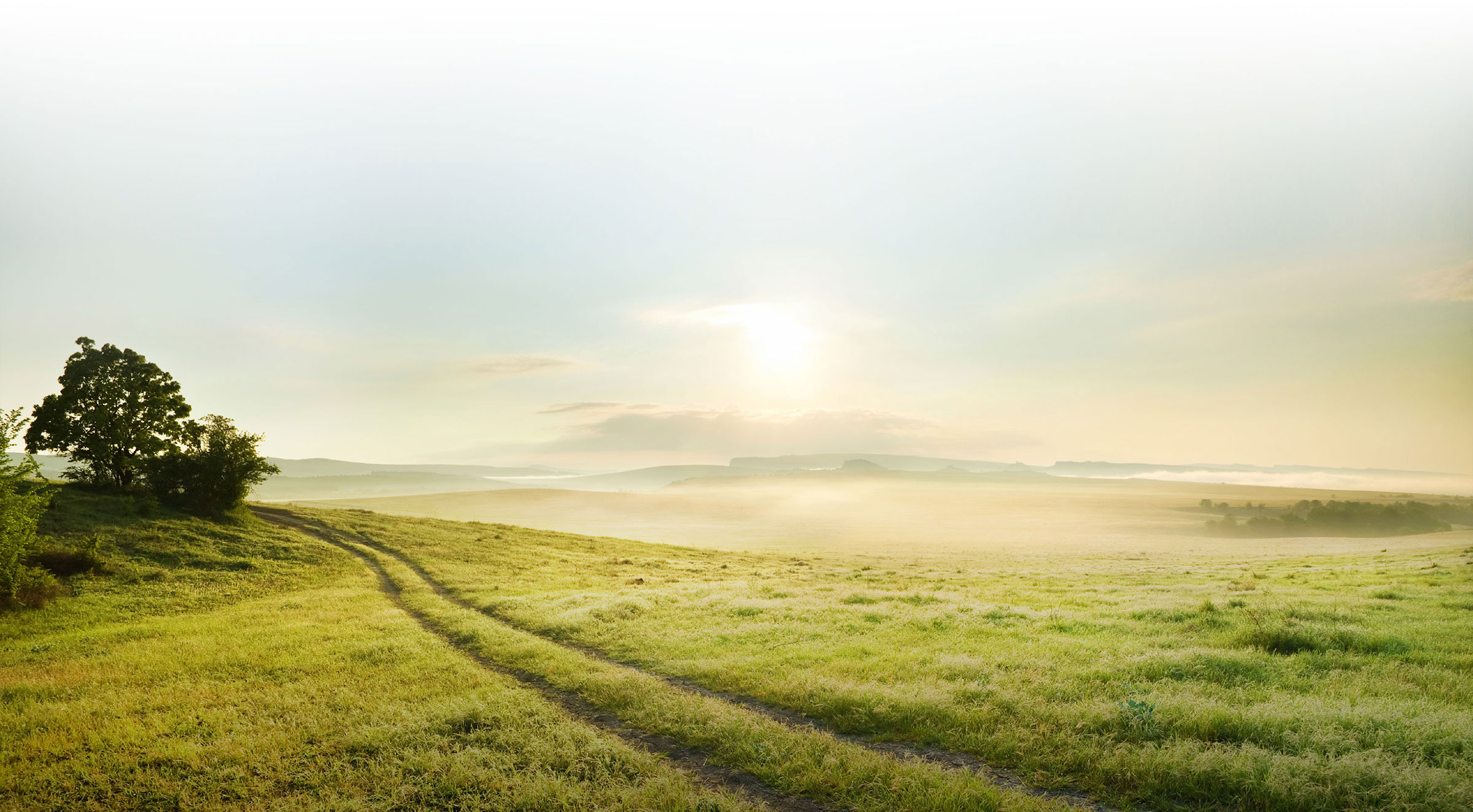Monticello, Thomas Jefferson’s home in Virginia
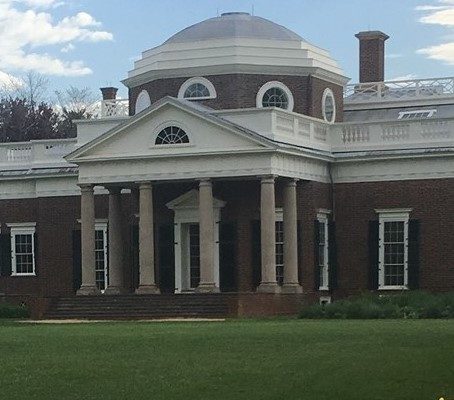
Monticello, a few minutes outside Charlottesville Virginia was the home of Thomas Jefferson. While one can visit over 30 of our past President’s homes, a few are more unique and rewarding than others. Monticello and Mount Vernon (George Washington’s home) have the most to offer, but if you had to pick one it would be Monticello. Unique because it exhibits all of Jefferson’s brilliance and many talents: Architect, botanist, librarian, collector, inventor and family man.
When one first encounters Jefferson’s house one is surprised by how small it appears. One is expecting a mansion. One encounters a beautiful red brick house very pleasing to the eye. Jefferson, the architect, tricks the human brain into seeing a small structure when in fact it is quite large – 11,000 square feet, 33 rooms spread across three floors plus a basement. Have your child measure your house in order to get a sense for how large 11,000 square feet will be. Jefferson has a love of the eight sided shape octagon incorporating it in rooms throughout the house, was the first to put a dome roof on a home in the United States, believed fancy large staircases a waste of useful space and used skylights and paint colors to brighten the interior.
Monticello encompassed 5,000 acres allowing Jefferson to establish a botanic laboratory. He grew 330 different vegetables, 170 varieties of fruit including apples, grapes, and peaches. The Thomas Jefferson Foundation reports “The range of plants recorded by Thomas Jefferson at Monticello reflected the scope of his myriad interests and multi-faceted personality: hot peppers from an army captain in southwestern Texas; rare nectarines from his life-long Italian friend, Phillip Mazzei; American Indian corn and bean varieties collected by the Lewis and Clark expedition.” Fellow botanist from all over the world would trade seeds and ideas with Jefferson.
A voracious reader, Jefferson the librarian, would accumulate over 6,000 books, most likely the largest collection in the United States at the time. Jefferson read about everything broadening his knowledge of the contemporary and ancient worlds. During the War of 1812, the British burned the Nation’s Capital building along with the Library of Congress. Jefferson in 1815 sold the Library of Congress 6,487 books to re stock it at a price of $3.39 a book. With empty bookshelves at Monticello, Jefferson set out to refill the bookcases, acquiring several thousand replacements. At the time most libraries arranged the books in alphabetical order, Jefferson organized his library by subject.
Jefferson the collector turned his house into a museum even though he would have kids, grandkids (12 at one point) and great grandkids running around in it. In the entry hall he displayed the rather large jaw bone of a mastodon, a pre historic animal looking something like an elephant. On the walls he had (and back today) Native American artifacts, many of which were gifts from Lewis and Clark’s expedition. He hung portraits on the wall of famous explorers, including Magellan, Columbus and Vespucci. Spread through the house are plaster busts of men he admired or had to deal with including: Franklin, Washington, John Paul Jones, Napoleon and the Tsar of Russia. The king of England seems to be missing.
Jefferson was a tinkerer. He designed and built a wall clock that was re loaded once a week. He had built a rotating book stand that allowed him to reference 5 books easily. Receiving 1,000 letters a year, Jefferson designed a machine called a polygraph that made a copy of what he was writing in response. He would write around 19,000 letters. He outfitted doors with special handles so pulling on one side opened and closed both doors. Embedded in the side of the fire place in the formal dining room was a dumb waiter which was used to send wine bottles up from the basement. Monticello is not your normal 1700’s home. It was a living laboratory.
As a devoted family man, Monticello was designed and built for a large family to live and play. Jefferson taught his grandkids to play board games with Chess being one of his favorites.
Monticello was Jefferson’s private escape which he was able to enjoy for 17 years after his successful service to our country. Having been Governor of Virginia twice, member of Congress, author of the Declaration of Independence, first Secretary of State, U.S minister to France, Vice President of the Unites States and two term President of the United States, he retired to Monticello to continue his pursuit of knowledge.
Quite a life. Was there anything Jefferson was not good at? His personal financial situation was a weakness. He spent money he did not have. While Monticello was primarily a tobacco plantation, it did not produce enough income for Jefferson to afford all his interests. Jefferson died deep in debt and Monticello and all its assets, including slaves, were sold at public auction to help retire his debts.
Jefferson is buried in the family cemetery at Monticello. His self-written epitaph signifies what he felt were his greatest accomplishments:
“HERE WAS BURIED THOMAS JEFFERSON, AUTHOR OF THE DECLARATION OF AMERICAN INDEPENDENCE, OF THE STATUTE OF VIRGINIA FOR RELIGIOUS FREEDOM, AND FATHER OF THE UNIVERSITY OF VIRGINIA.”
There is so much to see and learn at Monticello. Study the economics of a plantation. Consider why Jefferson tracked the weather every day. Take inventory of all the crops Jefferson experimented with and how many we now eat daily. Take pencil to paper and draw, design a house, play with shapes of rooms and sizes. Start a library or collection. Jefferson sought knowledge in so many ways, enrich your child’s education by helping them pursue it. One biographer suggested Jefferson worked 15 hours a day, practiced his violin 3 hours and fitted in eating and sleeping in the final 6 hours. What schedule does your child keep?
Photo Gallery
Read
-
 1776
1776
-
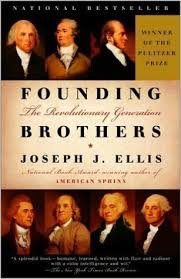 Founding Brothers: The Revolutionary Generation
Founding Brothers: The Revolutionary Generation
-
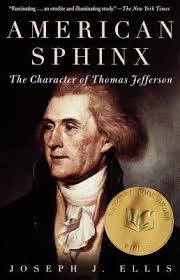 American Sphinx
American Sphinx
-
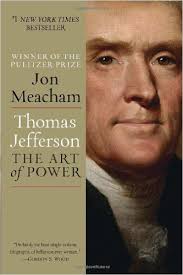 Thomas Jefferson: The Art of Power
Thomas Jefferson: The Art of Power
-
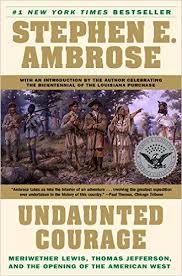 Undaunted Courage: Meriwether Lewis, Thomas Jefferson and the Opening of the American West
Undaunted Courage: Meriwether Lewis, Thomas Jefferson and the Opening of the American West

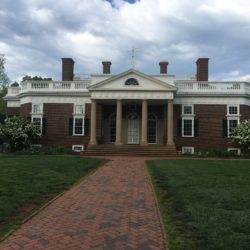
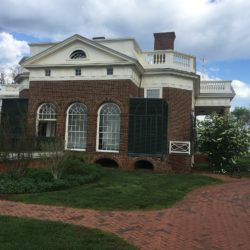
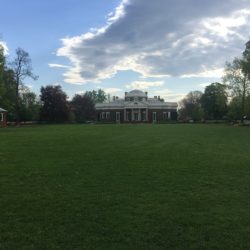
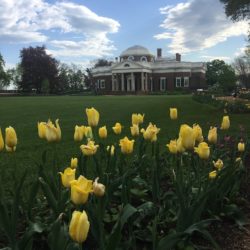
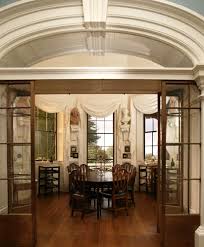
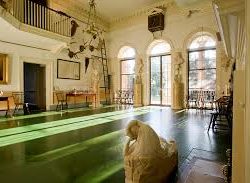
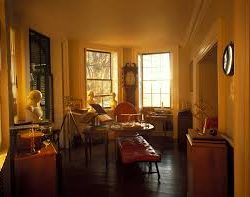
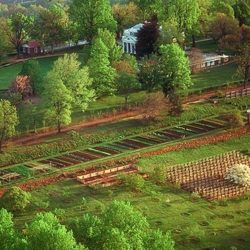
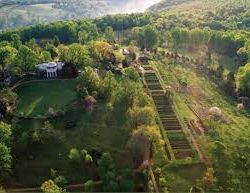
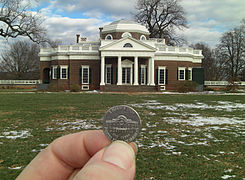
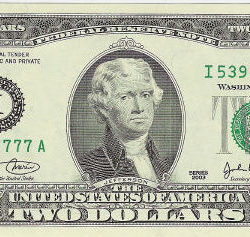
 1776
1776
